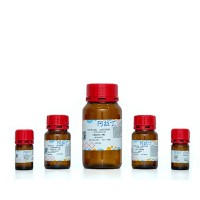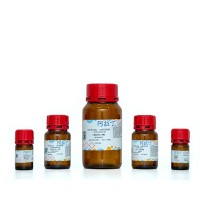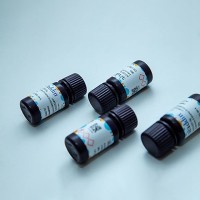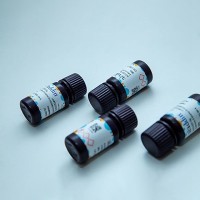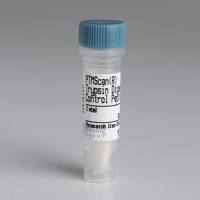RNA Quantification Using Noble Metal Nanoprobes: Simultaneous Identification of Several Different mRNA Targets Using Color Multiplexing and Applicatio
互联网
307
Nanotechnology provides new tools for gene expression analysis that allow for sensitive and specific characterization of prognostic signatures related to cancer. Cancer is a multigenic complex disease where multiple gene loci contribute to the phenotype. The ability to simultaneously monitor differential expression originating from each locus allows for a more accurate indication of degree of cancerous activity than either locus alone. Metal nanoparticles have been widely used as labels for in vitro identification and quantification of target sequences. Here we describe the synthesis of nanoparticles with different noble metal compositions in an alloy format that are then functionalized with thiol-modified ssDNA (nanoprobes). We also show how to use such nanoprobes in a non-cross-linking colorimetric method for the direct detection and quantification of specific mRNA targets, without the need for enzymatic amplification or reverse transcription steps. The different metals in the alloy provide for distinct absorption spectra due to their characteristic plasmon resonance peaks. The color multiplexing allows for simultaneous identification of several different mRNA targets involved in cancer development. Comparison of the absorption spectra of the nanoprobes mixtures taken before and after induced aggregation of metal nanoparticles allows to both identify and quantify each mRNA target. We describe the use of gold and gold:silver-alloy nanoprobes for the development of the non-cross-linking method to detect a specific BCR–ABL fusion gene (e.g., e1a2 and e14a2) mRNA target associated with chronic myeloid leukemia (CML) using 10 ng μL−1 of unamplified total human RNA. This simple methodology takes less than 50 min to complete after total RNA extraction with comparable specificity and sensitivity to the more commonly used methods.


